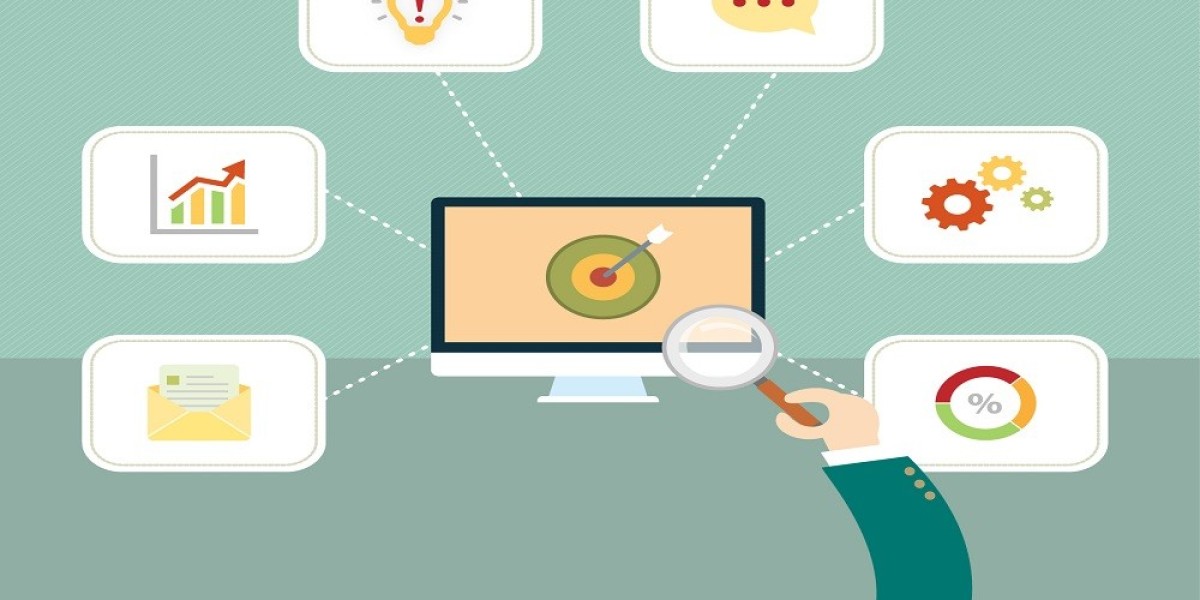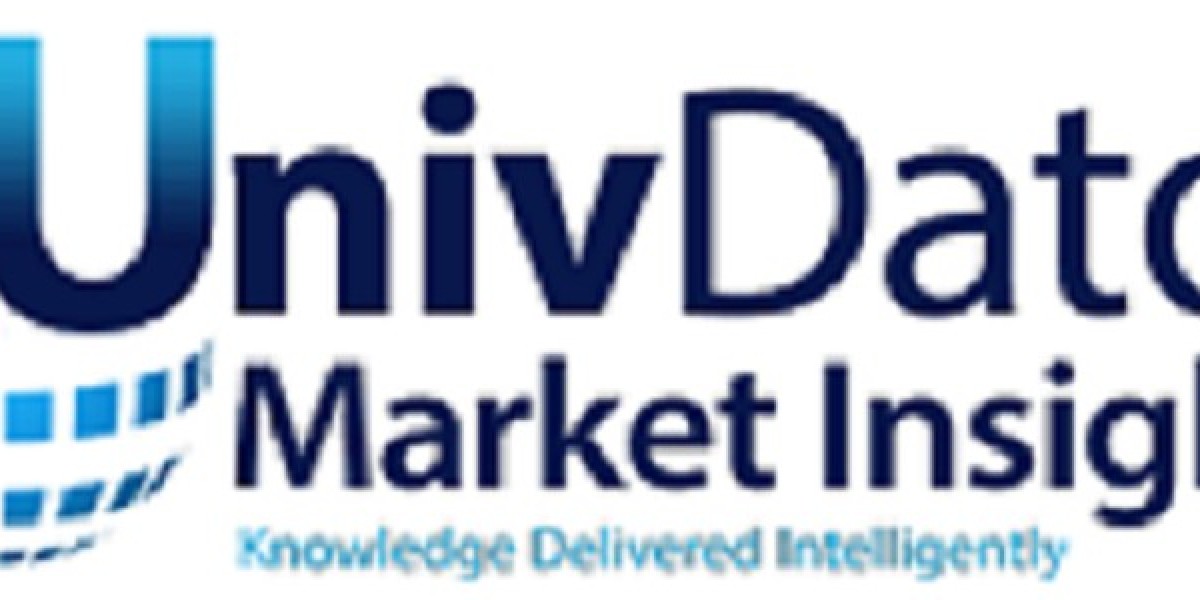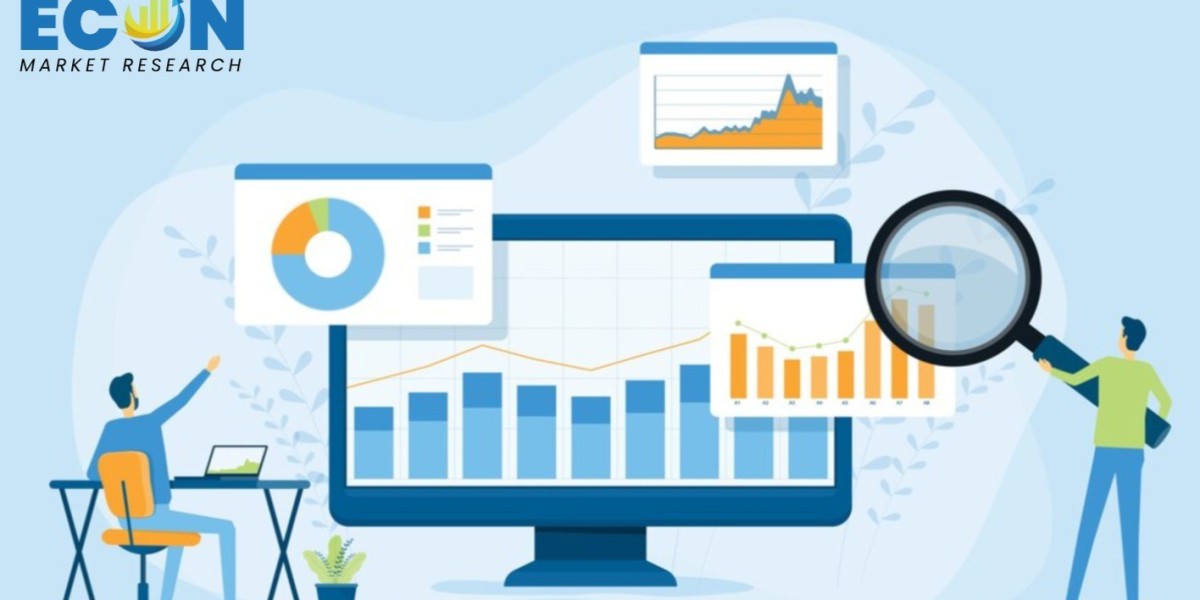In the realm of supply chain management, predicting customer demand accurately is paramount for businesses seeking to optimize their operations, minimize costs, and maximize profitability. Two primary methods used for this purpose are demand sensing and demand forecasting. While both approaches aim to anticipate future demand, they differ significantly in their methodologies and applications. In this blog, we'll delve into the distinctions between demand sensing and demand forecasting, their respective strengths and limitations, and ultimately, which approach may be more effective for businesses.
Understanding Demand Sensing:
Demand sensing is a real-time approach to predicting customer demand based on the most current data available. Instead of relying solely on historical sales data and statistical models, demand sensing leverages various data sources, including point-of-sale data, social media trends, weather patterns, and market sentiment, to capture changes in demand as they occur. This agile and dynamic approach enables businesses to respond quickly to fluctuations in customer demand, adapt their supply chain strategies in real-time, and minimize stockouts or excess inventory.
Pros of Demand Sensing:
Real-Time Insights: Demand sensing provides businesses with real-time insights into customer demand, allowing them to make timely decisions and respond quickly to changes in market conditions.
Increased Accuracy: By incorporating diverse data sources and advanced analytics techniques, demand sensing can enhance forecast accuracy, particularly in volatile or unpredictable environments.
Improved Customer Service: The ability to sense changes in demand in real-time enables businesses to better meet customer expectations by ensuring product availability and minimizing stockouts.
Agility and Flexibility: Demand sensing allows businesses to adapt their supply chain strategies quickly and effectively, helping them stay agile and responsive to shifting market dynamics.
Cons of Demand Sensing:
Data Integration Challenges: Integrating and harmonizing data from various sources can be complex and challenging, requiring sophisticated data analytics capabilities and robust IT infrastructure.
Dependency on External Factors: Demand sensing relies heavily on external factors such as weather, social media trends, and market sentiment, which may not always accurately reflect actual customer demand.
Short-Term Focus: While demand sensing excels at capturing short-term demand fluctuations, it may struggle to provide accurate forecasts for longer time horizons, limiting its utility for strategic planning and inventory optimization.
Understanding Demand Forecasting:
Demand forecasting, on the other hand, is a more traditional approach to predicting future demand based on historical sales data, market trends, and statistical models. Demand forecasting relies on historical patterns and trends to predict future demand levels over a specified time horizon, typically weeks, months, or even years. This method provides businesses with a forward-looking view of demand, enabling them to plan production, procurement, and inventory management strategies more effectively.
Pros of Demand Forecasting:
Long-Term Planning: Demand forecasting provides businesses with insights into future demand trends and patterns, allowing them to develop long-term strategic plans and allocate resources accordingly.
Holistic View: By analyzing historical data and market trends, demand forecasting offers a holistic view of demand across different products, regions, and customer segments, enabling businesses to identify opportunities and risks.
Stable and Reliable: Demand forecasting is based on established statistical models and historical data, making it a stable and reliable approach for predicting future demand under normal market conditions.
Inventory Optimization: Demand forecasting helps businesses optimize inventory levels by aligning supply with anticipated demand, reducing excess inventory, and minimizing stockouts.
Cons of Demand Forecasting:
Limited Agility: Demand forecasting may struggle to capture sudden changes or disruptions in customer demand, particularly in fast-changing or volatile markets, leading to potential stockouts or excess inventory.
Accuracy Challenges: Demand forecasting relies on historical data and statistical models, which may not always accurately predict future demand, especially in highly uncertain or unprecedented situations.
Time and Resource Intensive: Developing and maintaining demand forecasting models can be time and resource-intensive, requiring dedicated personnel, advanced analytics tools, and continuous monitoring and refinement.
Ultimately, the effectiveness of demand sensing vs. demand forecasting depends on the specific needs and objectives of the business, as well as the nature of the market and industry dynamics. Some businesses may benefit more from the agility and responsiveness of demand sensing, while others may prefer the stability and reliability of demand forecasting. In many cases, a combination of both approaches may offer the best of both worlds, allowing businesses to leverage real-time insights while also benefiting from long-term planning and forecasting capabilities.
Integration Challenges:
Integrating demand sensing and demand forecasting into a cohesive supply chain strategy can pose challenges for businesses. While demand sensing focuses on real-time insights and short-term fluctuations, demand forecasting takes a longer-term view and relies on historical data and statistical models. Integrating these approaches requires businesses to reconcile the differences in data sources, methodologies, and time horizons to develop a unified demand planning process.
Data Integration:
One of the primary challenges in integrating demand sensing and demand forecasting is harmonizing data from diverse sources. Demand sensing relies on real-time data streams such as point-of-sale data, social media trends, and market sentiment, while demand forecasting relies on historical sales data, market research, and other traditional sources. Integrating these disparate data sources and ensuring data consistency and accuracy can be complex and time-consuming.
Methodological Differences:
Demand sensing and demand forecasting also differ in their methodologies and approaches to predicting future demand. Demand sensing leverages advanced analytics techniques such as machine learning and artificial intelligence to analyze real-time data streams and identify patterns and trends. In contrast, demand forecasting relies on statistical models and historical data to predict future demand levels over a specified time horizon. Reconciling these methodological differences and combining the strengths of both approaches requires careful planning and coordination.
Time Horizons:
Another challenge in integrating demand sensing and demand forecasting is reconciling the differences in time horizons. Demand sensing focuses on short-term demand fluctuations and real-time insights, whereas demand forecasting takes a longer-term view and provides forecasts for weeks, months, or even years ahead. Balancing short-term responsiveness with long-term planning requires businesses to develop flexible demand planning processes that can accommodate different time horizons and adapt to changing market conditions.
Overcoming Integration Challenges:
While integrating demand sensing and demand forecasting presents challenges, businesses can overcome these obstacles by adopting a strategic approach and leveraging advanced technology solutions. Some strategies for overcoming integration challenges include:
Data Integration Platforms: Investing in data integration platforms that can aggregate, harmonize, and analyze data from diverse sources in real-time.
Collaboration and Alignment: Fostering collaboration and alignment between demand planning teams, data scientists, IT departments, and other stakeholders to develop integrated demand planning processes.
Advanced Analytics Tools: Leveraging advanced analytics tools and techniques such as machine learning and predictive analytics to analyze diverse data sources and generate accurate demand forecasts.
Continuous Improvement: Implementing continuous improvement initiatives to refine and optimize demand planning processes over time, incorporating feedback, and learning from past successes and failures.
Change Management: Providing training, education, and support to employees to ensure the smooth adoption of integrated demand planning processes and technologies.
By addressing these integration challenges and implementing best practices, businesses can develop a cohesive demand planning strategy that combines the strengths of both demand sensing and demand forecasting, enabling them to anticipate and respond to changes in customer demand more effectively.
Measuring Effectiveness:
Measuring the effectiveness of demand sensing and demand forecasting is crucial for businesses to assess the performance of their demand planning processes and identify areas for improvement. Several key performance indicators (KPIs) can be used to evaluate the effectiveness of each approach:
Forecast Accuracy: Forecast accuracy is a critical KPI for assessing the effectiveness of demand planning. Businesses can measure forecast accuracy by comparing predicted demand levels to actual sales data over a specified time period. Higher forecast accuracy indicates a more effective demand planning process, as it reflects the ability to predict future demand with precision.
Inventory Turnover: Inventory turnover measures how quickly inventory is sold and replaced within a given time period. A high inventory turnover ratio indicates efficient inventory management and optimal utilization of resources. Demand sensing and demand forecasting can both impact inventory turnover by ensuring that businesses have the right amount of stock on hand to meet customer demand without excess inventory or stockouts.
Customer Service Levels: Customer service levels measure the ability of businesses to meet customer demand promptly and effectively. Metrics such as order fulfillment rates, on-time delivery performance, and fill rates can be used to assess customer service levels. Higher customer service levels indicate better demand planning and inventory management practices, resulting in improved customer satisfaction and loyalty.
Cost Savings: Cost savings are another important measure of the effectiveness of demand planning. By optimizing inventory levels, reducing stockouts, and minimizing excess inventory, businesses can lower carrying costs, transportation costs, and warehousing expenses. Demand sensing and demand forecasting can both contribute to cost savings by aligning supply with demand and minimizing inefficiencies in the supply chain.
Revenue Growth: Revenue growth reflects the ability of businesses to capitalize on market opportunities and meet customer demand effectively. Demand planning plays a critical role in driving revenue growth by ensuring that businesses have the right products available at the right time and place to capture sales opportunities. Higher revenue growth indicates a more effective demand planning process and better alignment between supply and demand.
Conclusion:
In conclusion, both demand sensing and demand forecasting are valuable approaches to predicting customer demand and optimizing supply chain operations. Demand sensing excels at capturing short-term demand fluctuations and providing real-time insights, while demand forecasting offers a longer-term view of demand trends and patterns. By integrating these approaches and leveraging advanced technology solutions, businesses can develop a cohesive demand planning strategy that combines the strengths of both approaches. Measuring the effectiveness of demand sensing and demand forecasting using key performance indicators such as forecast accuracy, inventory turnover, customer service levels, cost savings, and revenue growth enables businesses to assess their performance and drive continuous improvement in their demand planning processes. Ultimately, the most effective approach depends on the specific needs and objectives of the business, as well as the nature of the market and industry dynamics. By adopting a strategic approach and leveraging data-driven insights, businesses can enhance their demand planning capabilities and gain a competitive edge in today's dynamic and rapidly evolving marketplace.
Predict your sales volume and demand trends with our Artificial Intelligence-based SaaS platform visit: https://thousense.ai/
Source: https://diigo.com/0vrvh2








